AMAZING THREE DAYS IN CHIANG MAI
Text and Photos by Henrylito D. Tacio
Except for radio broadcaster Malu Cadelina Manar (now deceased), all winners of the 12th Bright Leaf Agriculture Journalism Awards were present. We all met at Terminal 1 in Ninoy Aquino International Airport.
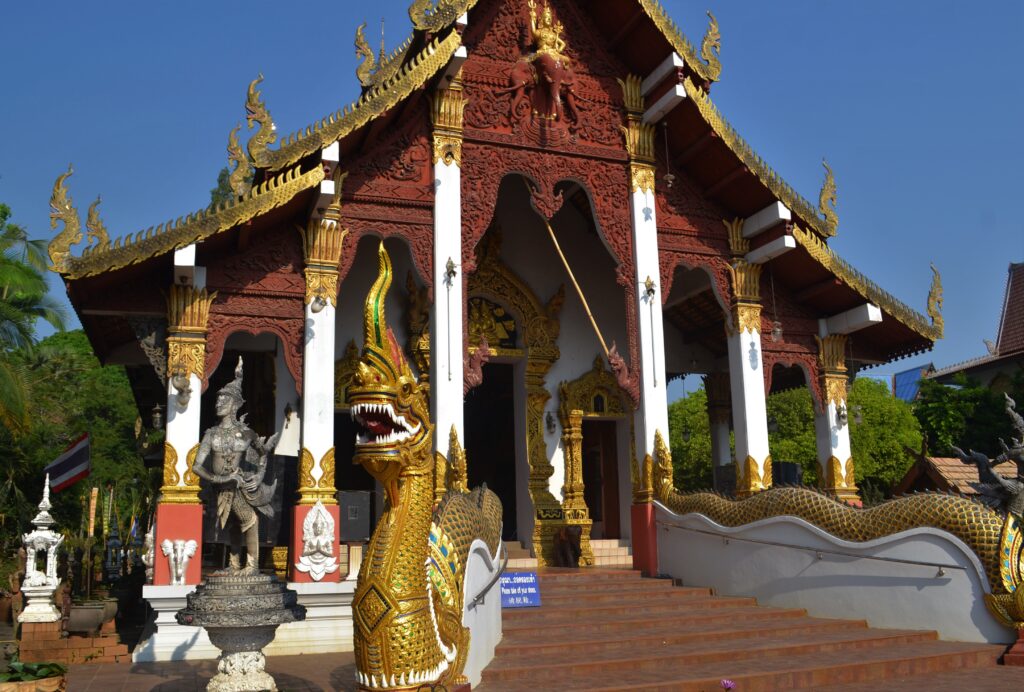
There were nine of us: Wilfredo Lomibao, Ian Ocampo Flora, Erwin Beleo, Karren Montero, Jasper Emmanuel Arcalas, Karlston Lapniten, Cai Ordinario, Hannah Lacsamana, and myself.
Serving as our chaperones were Philippine Star’s Krip Yuson, Philippine Daily Inquirer’s Rina Jimenez-David, and Business World’s J. Albert A. Gamboa – all three were members of the board of judges of the journalism contest. Together with them was the mother of all mothers, Didet Danguilan, who represents the Philip Morris Fortune Tobacco Company, Inc. (PMFTC).
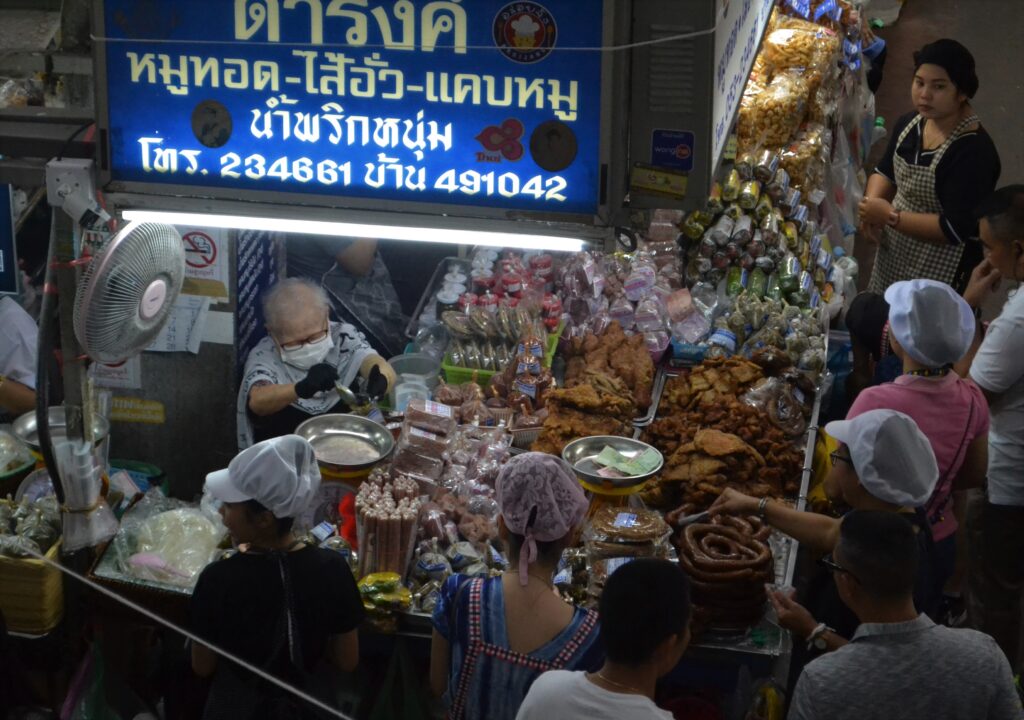
All of us were heading to Chiang Mai in northern Thailand. The trip was an additional prize from PMFTC. “This makes Bright Leaf as one if not, the most prestigious award an agricultural journalist will receive in his career,” said Flores, who will bow out from the competition next year as he already won five times.
There is no direct flight from Manila to Chiang Mai. And so, we had to fly first to Bangkok, the country’s capital, via Thai Airways. Flying time was almost three hours. After an almost two hours stopover, we flew to Chiang Mai for an hour.
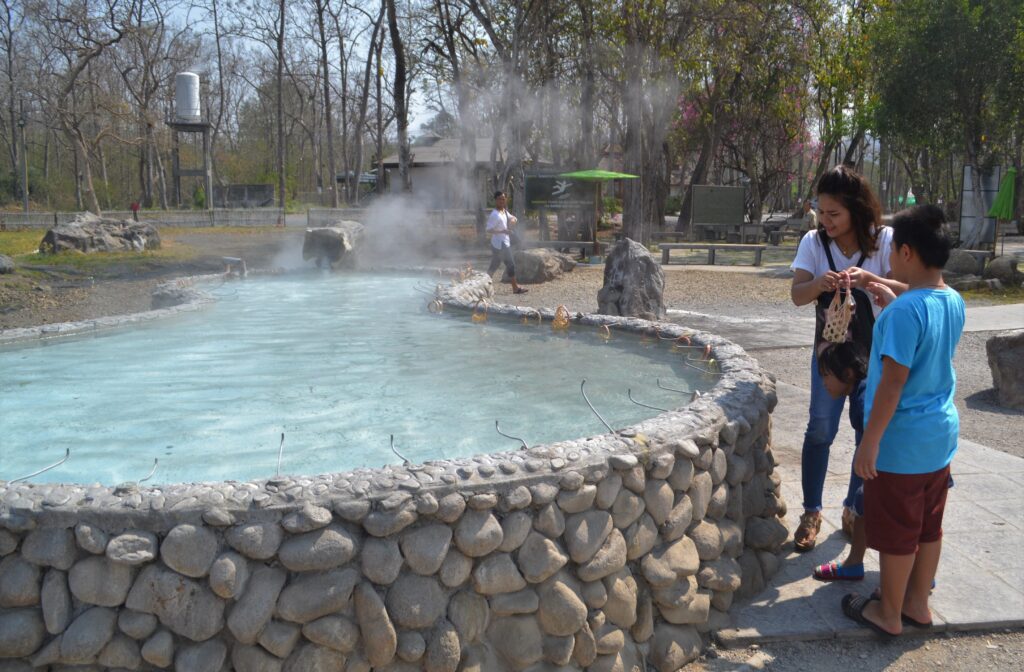
Our guide fetched us at the airport and brought us to Movenpick Suriwongse Hotel, where the group was billeted for the whole duration. We left all our luggage at the hotel’s lobby and headed immediately to the hotel’s buffet restaurant.
The good thing about the hotel where we stayed was the night market which was located at the back of the hotel. I didn’t go out that night because I was so tired. The following day, I learned that most of my companions did some shopping!
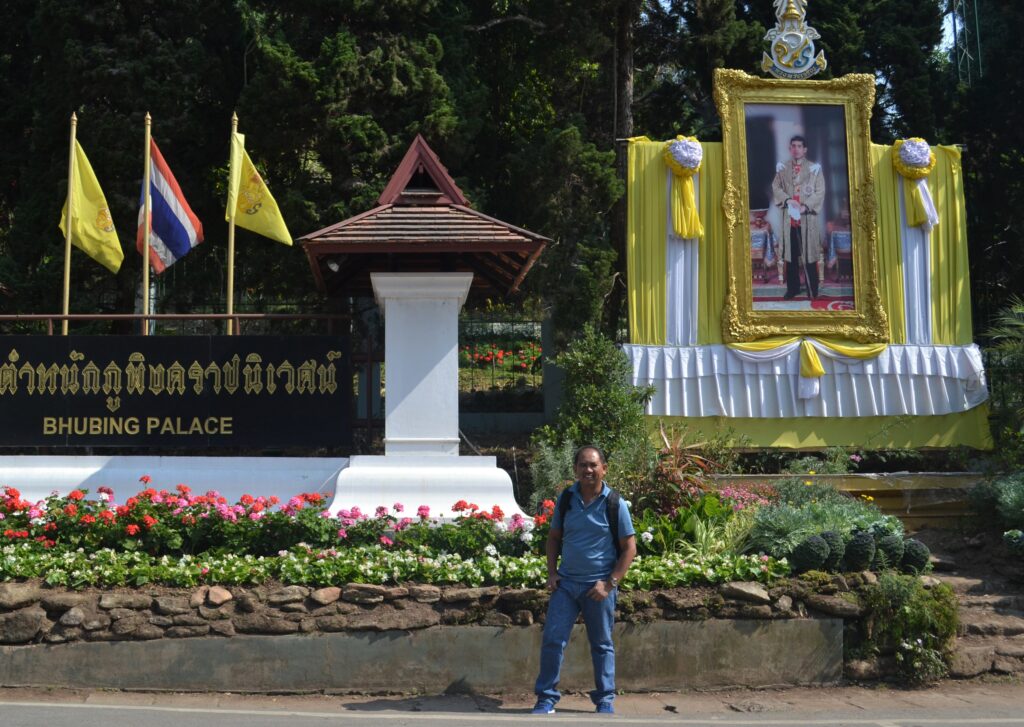
We had an early breakfast as we were to leave the hotel at 8 in the morning. Two vans brought us to Bhubing Royal Palace, the winter residence of the Royal Thai family. The palace is built in the mountains overlooking Chiang Mai and the temperature is a little bit cooler compared to the city.
What made the palace appealing to us were the flowers and ornamentals that were planted all over the place. Although some of them were grown in the Philippines, there were those that were really new to our eyes.
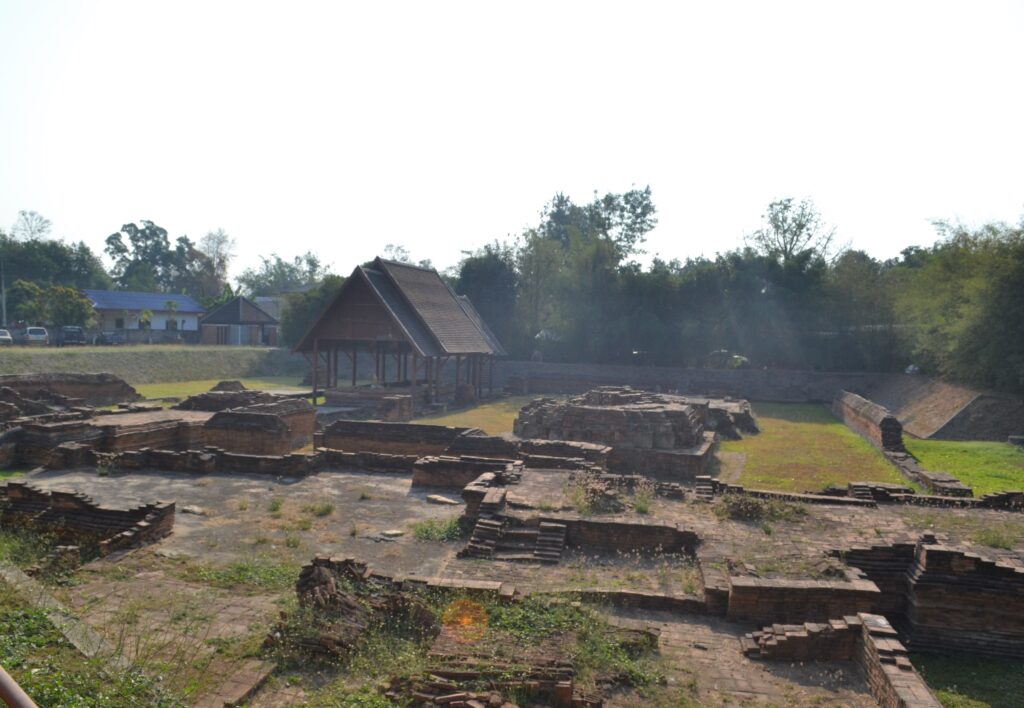
A few kilometers below the palace was the Wat Phra That Doi Suthep, a Theravada Buddhist temple. The day before our tour, our guide said that we “must be dressed appropriately” as the temple is a sacred site to many Thais. When getting inside, we were advised to remove our footwear.
Chiang Mai is overflowing with temples. In the afternoon, we visited temples located in the heart of the Old City. Just outside the old walled city is Wat Lok Molee, which holds one of the largest and most impressive chedis in Chiang Mai. This chedi (also called stupa or sometimes pagoda) was built in 1527 (although this is under question as no one really knew when it was constructed).
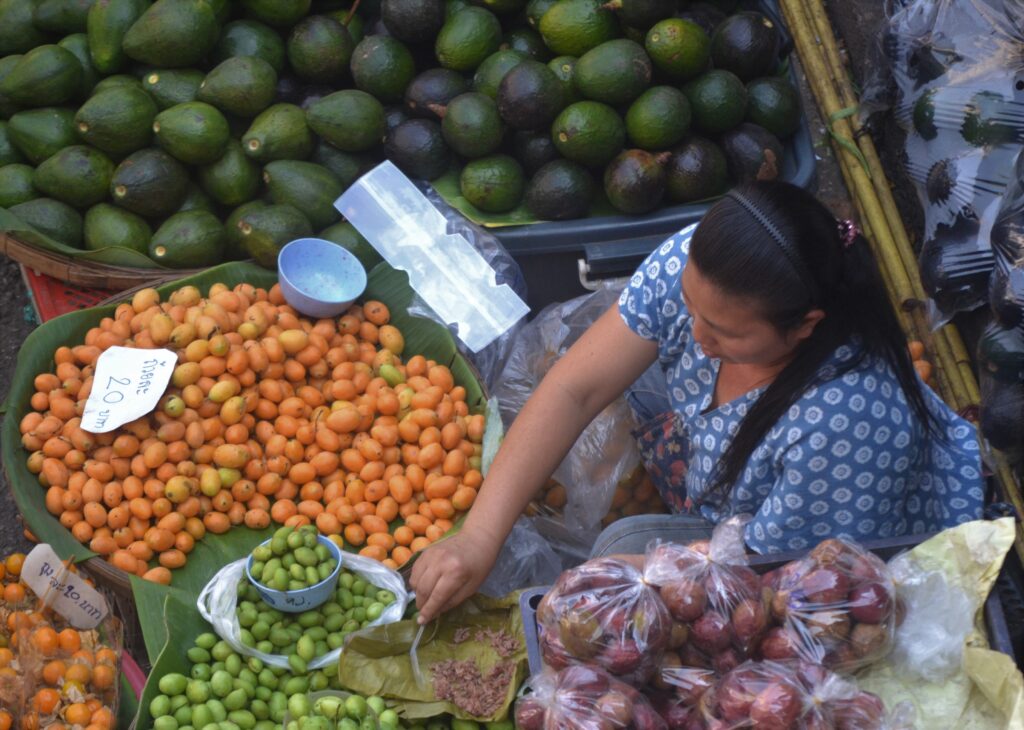
Next was the Wat Phra Singh, which houses an important Buddha statue: the Phra Buddha Sihing, which gives the temple its name. No one knows where the statue originated but according to our guide, it was supposed to have been brought via Ceylon (now known as Sri Lanka), to Ligor (present-day Nakhon Si Thammarat) and, from there, via Ayutthaya, to Chiang Mai.
Wat Chedi Luang (translated as “Temple of Big Stupa”) may not be as grand Wat Phra Singh but it has a towering chedi. In the past, the famed Phra Kaew (Emerald Buddha) can be seen here, but today only a jade replica is present (the original one is now in Bangkok’s Wat Phra Kaew).
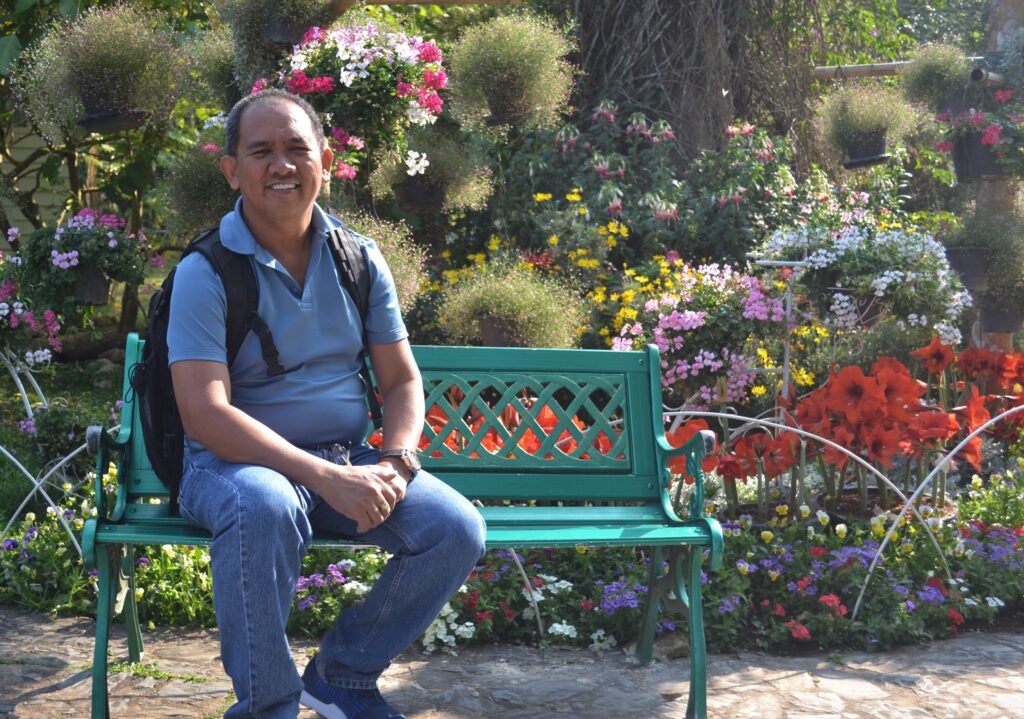
Wat Chiang Man is Chiang Mai’s oldest temple as it was built around 1296, the year the city was founded. This temple holds several very old and important Buddha images. According to some stories, when King Mengrai decided to build a new city and make it the new capital of the Lanna Kingdom, he built this temple.
On our second day, we got out of the city. Our first stopover was the San Kum Pang Hot Spring, about 36 kilometers away from Chiang Mai. In my mind, I pictured it as something of the Yellowstone National Park, which I had visited Wyoming in the United States some years back.
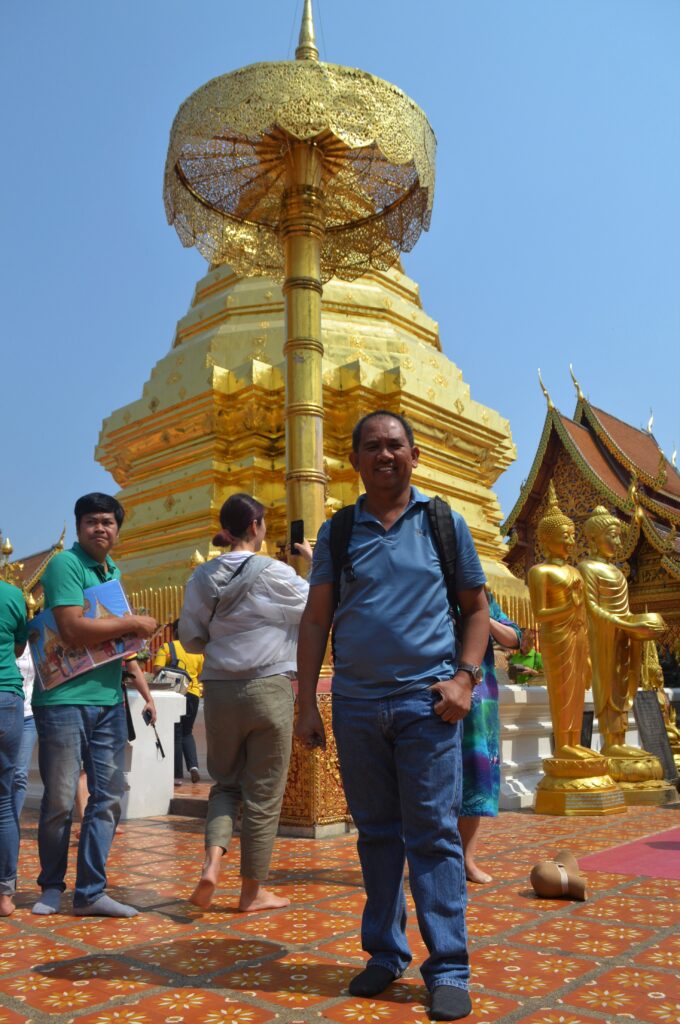
Yes, there was a sort of cone geyser just like the Old Faithful but unlike it there are two geysers releasing water non-stop. The water goes down to a man-made irrigation where people can put their feet and feel the hot water that contains high sulphur.
The area, surrounded by several scenic hills, has been converted into a park. You can walk around the 40-acre park under the large and shady trees. Some of its facilities include a camping area, swimming pool, restaurant dining, and mineral bathing room huts, among others.
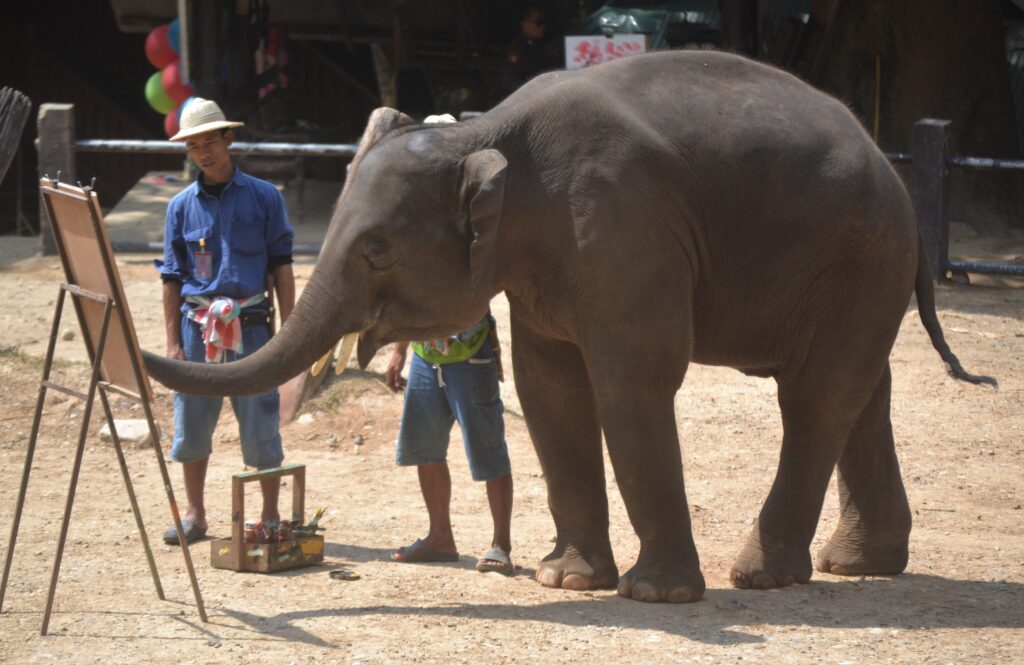
After staying in the area for more than an hour, we were ready for Wiang Kum Kam, about five kilometers south of Chiang Mai. In my research, I came to know this information: “Wiang Kum Kam is an ancient city dating back to the 8th century the Haripunchai Kingdom. Later on, it served as the capital of the then Lanna Kingdom for a short time until Chiang Mai was chosen to replace it in 1296.”
Instead of taking a horse-drawn carriage, the most popular way to enjoy the ruins, the group rode a vehicle. Among those that we saw during the trip were stone tablets with Mon inscriptions, Buddhist sculptures and architecture, and earthenware and pottery.
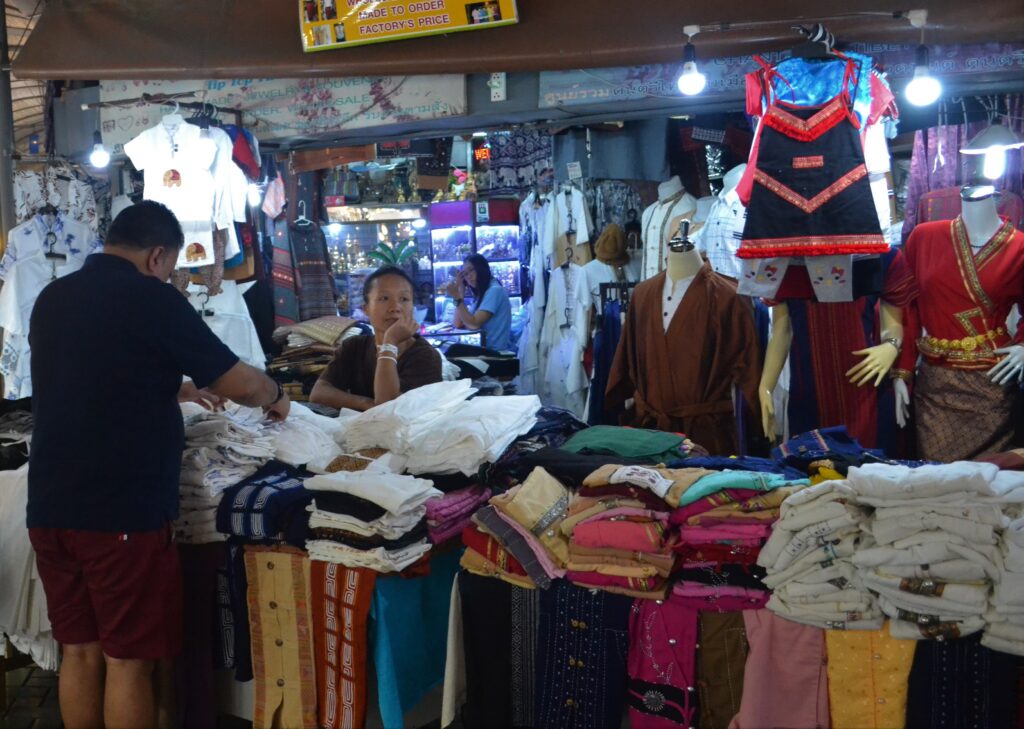
But what amazed us of the place was the Wat Chedi Liam. Since I don’t have enough words to describe the place, allow me to quote this from the website: “Widely depicted in postcards, the temple features a Burmese-style pavilion (restored in 1908 by a Burmese trader) and a give-tiered chedi set on a square base – the signature style of the early Lanna period. Each corner of the chedi is guarded by an outward-facing lion, an architectural feature that is unique to the Haripunchai style (today’s Lamphun).”
But the highlight of the said tour was the Mae Sa Elephant Camp, home to the largest assembly of domesticated elephants in northern Thailand. It was my first time to ever see elephants up close personally.
Imagine elephants playing football, doing darts against a human being, logging, massaging and even painting (the paintings are for sale at 2,000 baht each). But what I cannot imagine was the snout of an elephant hugging me and placing a hat in my head. Yes, you read it right!
Our third day in Chiang Mai was our free time. It was time for shopping, shopping, and more shopping as all winners were given an allowance good enough for us to squander. While my companions were having a grand time doing such a thing, I didn’t do much for six months. I was in the United States doing shopping, too. I had too much of everything.
What I bought were some T-shirts for my sisters, liniments for my parents, hand-made paintings for our office and for my house, and magnet refs for my friends.
The following day, we were ready to get back home. After all, there’s no place like home!

